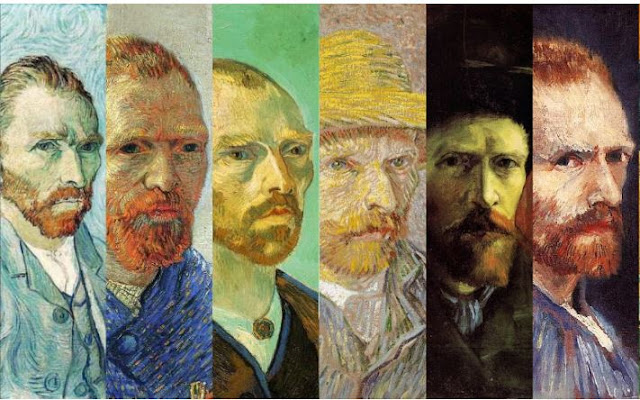 |
| Photo: Anita Jankovic |
Before the pandemic, Baxter's Corner had expressed interest in publishing my children's book titled Tajo Speaks Out. When I informed people of the news, some of them said, "Anyone can write a children's book. Writing for kids is easy."
Those of us who write for kids would strongly disagree. And here's why. Writing and publishing for children can be broken down into two parts: the creative process and the submission process. For the creative process a writer must develop a manuscript that is about 500 words, that allows for illustrations, and that centers around a theme relatable to young kids. It must be engaging, marketable, and revised multiple times.
 |
| Photo: Johnny McClung |
Before the first word of the story could be written, I was asked to develop the objectives. This involved describing the character's problem, the rising conflict, the solution, and the resolution.* After writing the objectives, I sent them to the publisher and she discussed them with her team of consultants. When everyone made their assessment, the publisher sent me their suggestions. Then publisher and I went back and forth many times over many months to polish the objectives.
Once this step was nailed, I got the green light to write the story. Here's the catch: Baxter Corner books are written in rhyming couplets, but the rhymes could not be repeated. Also, the meter or beats (syllables) had to be even so that the story wouldn't sound forced or choppy when read aloud. I checked to make sure the rhyming was smooth and then moved on to the next phase of the process.
My beta reader critiqued Tajo. After implementing his suggestions, I sent the story to the publisher so she and her team could study it. The draft was heavily criticized and returned to me for more revision. I tweaked the story and I sent it to the publishing staff so they could review it again. After I made some minor changes, the team approved the final version and it was ready to be professionally edited and illustrated. Finally, this project was getting closer to publication.
✌ and ♥
* Jotting down the objectives is a great exercise and it can help in developing the structure of your story.

